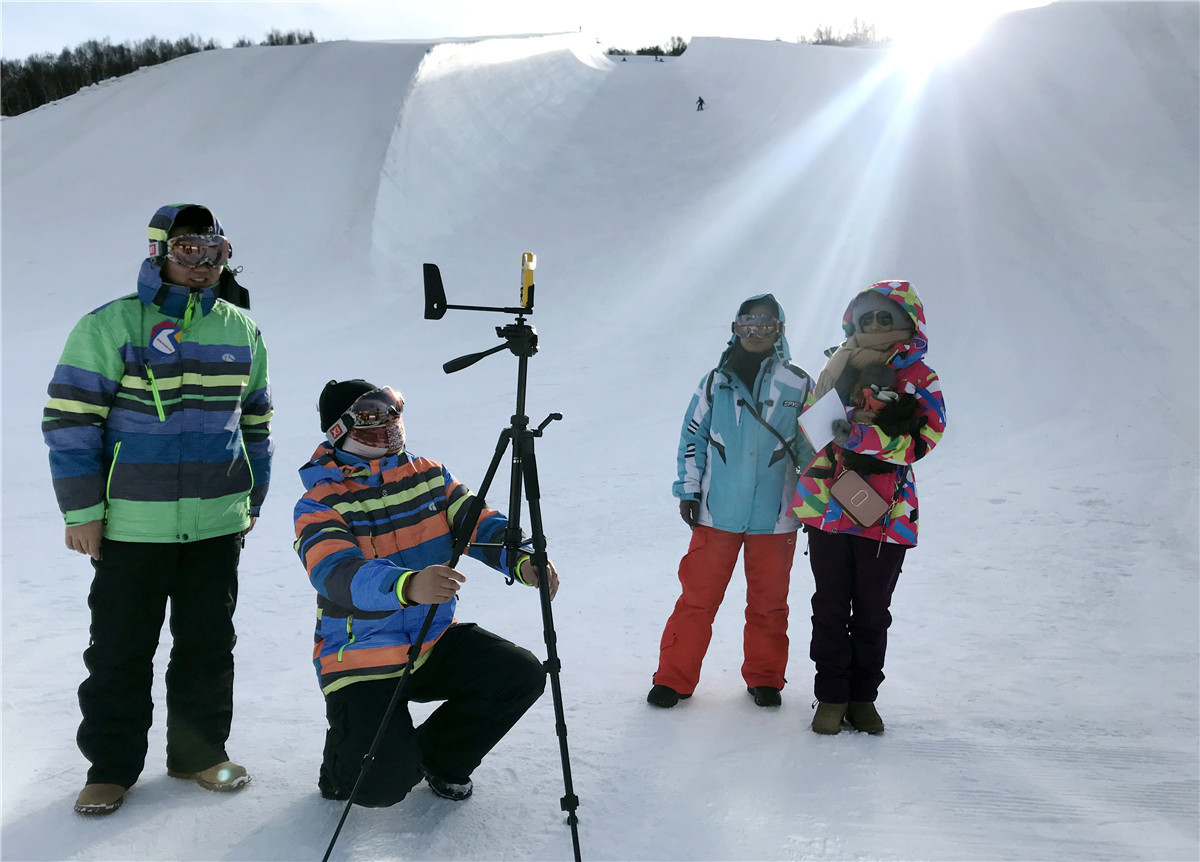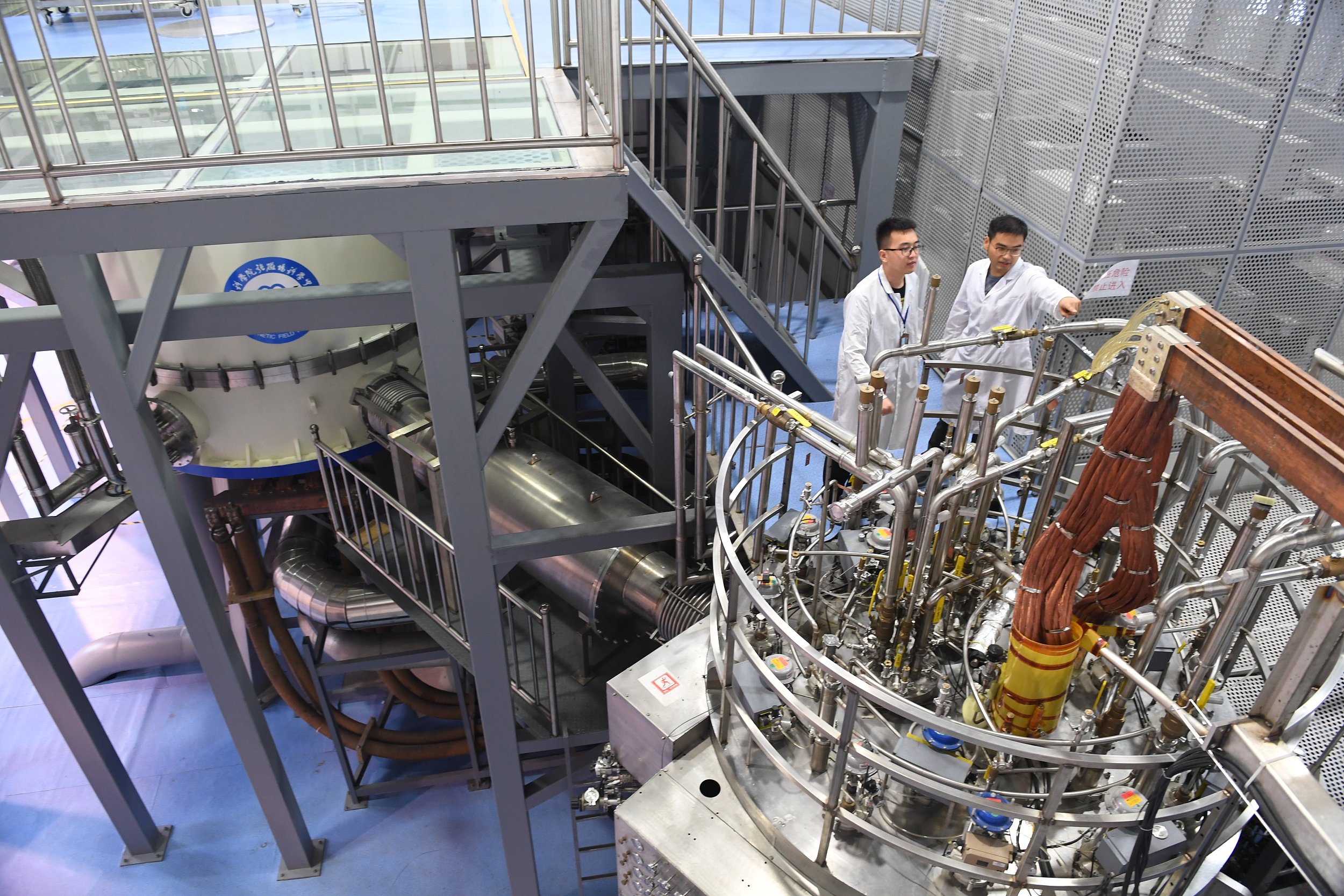Meteorological services for Beijing 2022 to be tested

Members of the 2022 forecasting team use portable equipment to assess weather conditions in Zhangjiakou, Hebei province, in January. [Photo by WU LIRONG/FOR CHINA DAILY]
With one year to go until the Beijing 2022 Olympic and Paralympic Winter Games, the meteorological services for the Games are ready to be tested in a series of winter sports events this year, announced the Meteorological Center for the Games under the China Meteorological Administration (CMA).
Favorable meteorological conditions are essential for ensuring the success of the Winter Olympics, and meteorological services constitute an important part of the preparatory work for the winter extravaganza.
Good weather conditions are crucial for many winter sports. For example, the wind strength and conditions of the snow surface will directly influence athletic performance and even the safety of the contestants.
According to Liu Yanhui, executive deputy director of the Meteorological Center, the wind speed should be no more than 10 meters per second for cross-country skiing and 4 meters per second for ski jumping. Weather conditions also have a large impact on essential services, such as air rescue and transportation.
In addition, the Yanqing and Zhangjiakou competition zones of the Beijing 2022 Winter Olympics, with their mountainous terrain, feature extremely complex weather patterns. The weather is prone to changing quickly and being relatively hard to forecast.
Previously, there was little accumulated data of meteorological monitoring in the two competition zones, and research regarding weather forecasting technology for winter sports in China was also very limited.
To solve these problems, multiple measures have been taken to ensure precise monitoring and accurate forecasting.
First, China has developed the densest observation network in the history of Winter Olympics, said Liu. 441 sets of modern 3D monitoring facilities have been built in the three competition zones and their surrounding areas. This enables super-accurate and comprehensive meteorological observations.
Second, a numerical forecasting system with a 500-meter resolution for the Beijing-Tianjin-Hebei region, a 100-meter resolution for the key skiing and sliding areas and a 10-minute update cycle, have been established to provide precise forecasts.
Products have also been developed to give refined predictions ranging from short-term forecasting (0-1 hour) to extended forecasting (30 days). Artificial intelligence also plays a role in wind strength forecasting.
In addition, a 52-member meteorological service team has been set up and has been training at the competition zones since 2017. They have conducted studies on meteorological risks, windbreak wall building, wind speed thresholds and more.
The test of the meteorological services for the Games will present a good opportunity for adjustment and optimization. It will contribute to connecting various systems, improving operation processes, formulating emergency plans, and enhancing forecasting capacity, Liu noted.
You can also read this article at:http://www.china.org.cn/sports/2021-02/08/content_77200872.htm

